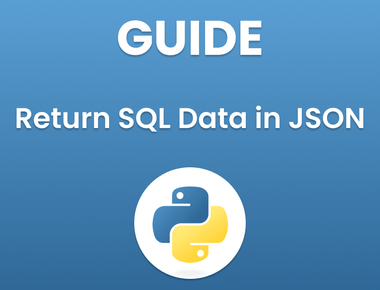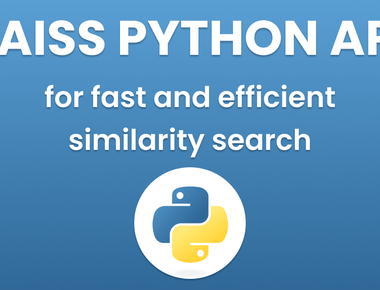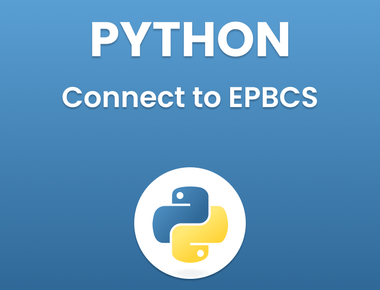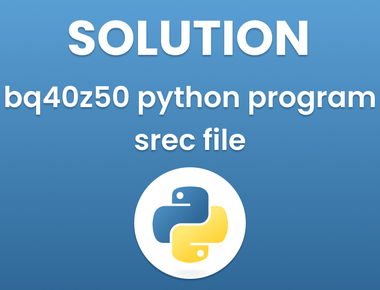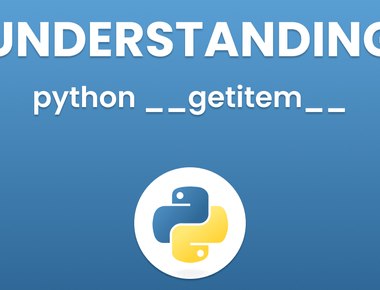Table Of Contents
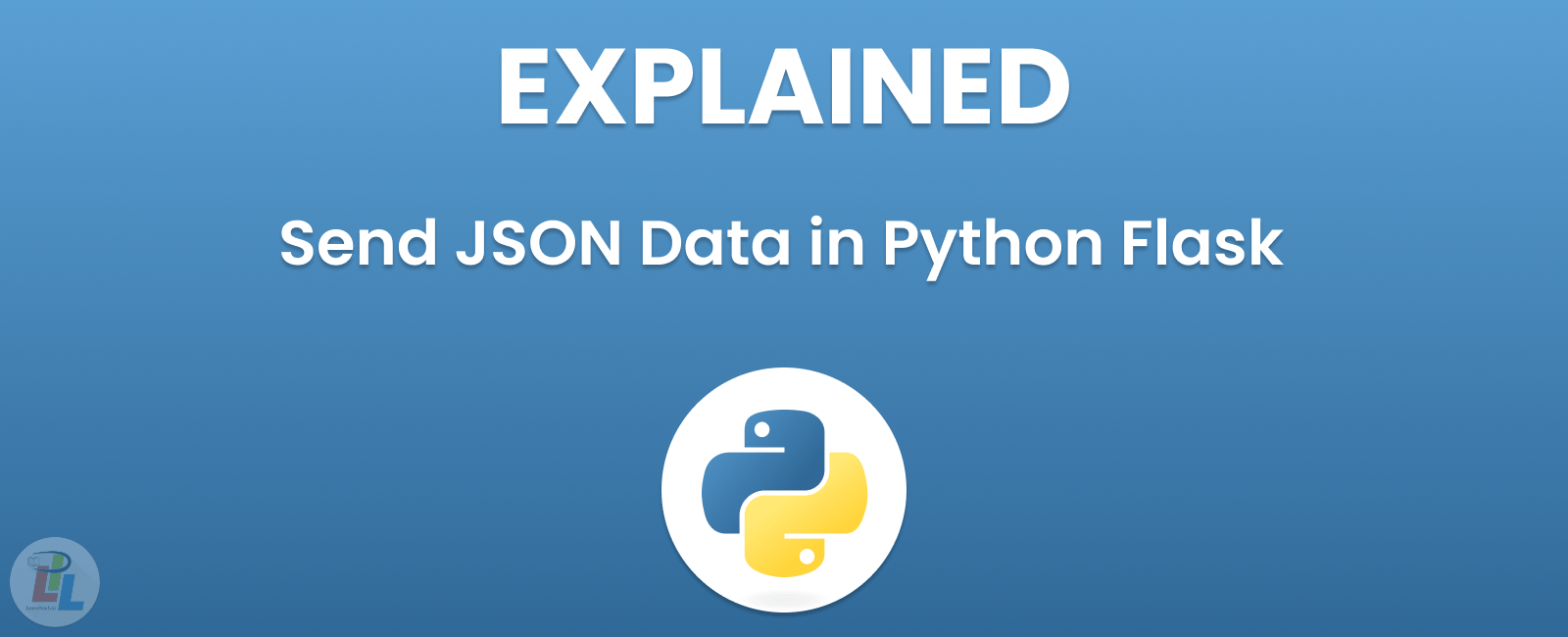
As technology continues to advance, more and more web applications are being developed. One of the most popular web frameworks for building these applications is Python Flask. Flask is a micro-framework that is used to build web applications with Python. Flask has become increasingly popular due to its simplicity, flexibility, and ease of use. In this article, we will explore how to send JSON data in Python Flask.
Understanding JSON
JSON, or JavaScript Object Notation, is a lightweight data interchange format that is easy for humans to read and write, and easy for machines to parse and generate. JSON is a text format that is completely language-independent, making it ideal for use in web applications.
Sending JSON Data in Python Flask
Python Flask provides a simple way to send JSON data. The first step is to create a Python dictionary containing the data you want to send. Once you have the data in the dictionary, you can use the jsonify() function provided by Flask to convert the data to JSON format and send it as a response.
from flask import Flask, jsonifyapp = Flask(__name__)@app.route('/json')def send_json():data = {'name': 'John','age': 30,'city': 'New York'}return jsonify(data)if __name__ == '__main__':app.run()
In the example above, we created a simple Flask application with a route that returns JSON data. The jsonify() function takes a dictionary as its argument and returns a response object with the JSON representation of the dictionary.
Parsing JSON Data in Python Flask
In addition to sending JSON data, Flask also provides a way to parse JSON data received from a client. To do this, you can use the request.get_json() function provided by Flask. This function will parse the JSON data and return a Python dictionary.
from flask import Flask, requestapp = Flask(__name__)@app.route('/json', methods=['POST'])def receive_json():data = request.get_json()name = data['name']age = data['age']city = data['city']return f'Name: {name}, Age: {age}, City: {city}'if __name__ == '__main__':app.run()
In the example above, we created a route that expects JSON data to be sent via a POST request. The request.get_json() function is used to parse the JSON data and return a Python dictionary. We can then access the values in the dictionary by their keys.
Conclusion
In conclusion, sending and parsing JSON data in Python Flask is a straightforward process. With Flask’s built-in jsonify() and request.get_json() functions, it is easy to send and receive JSON data in your web applications. As always, it is important to validate and sanitize any data received from a client to ensure the security of your application.
If you are looking to learn more about Python Flask and web development, be sure to check out our other articles on our website.
Subscribe to our newsletter!
Related Posts
Quick Links
Legal Stuff
Social Media


